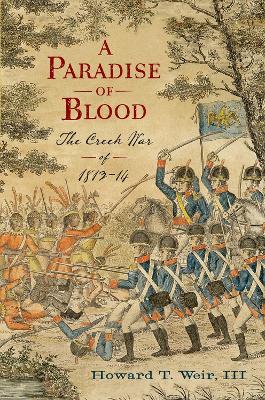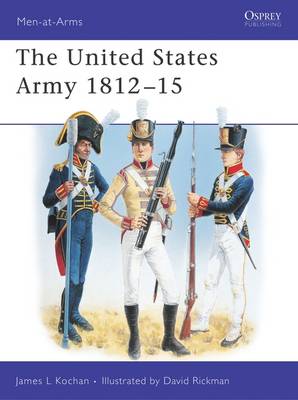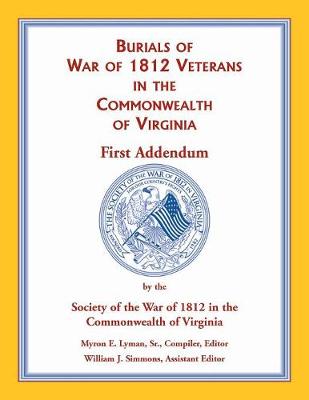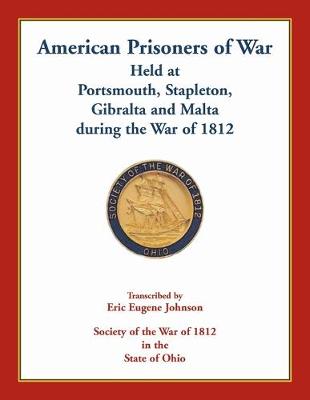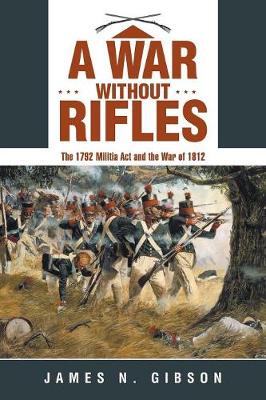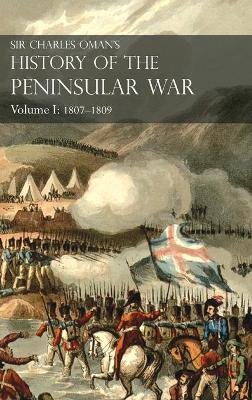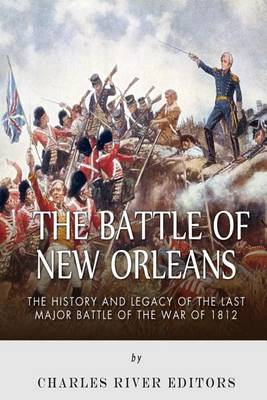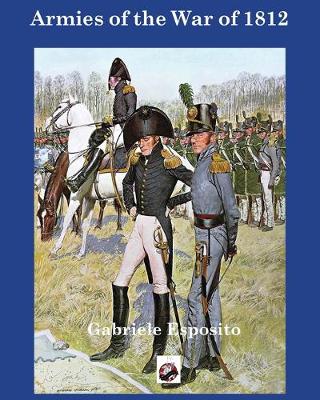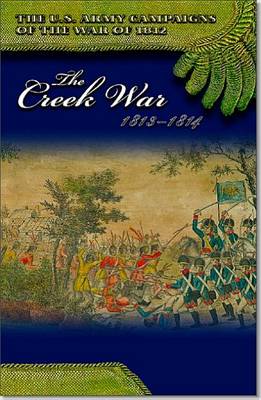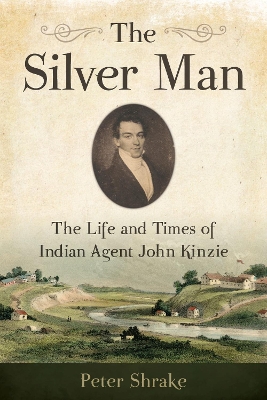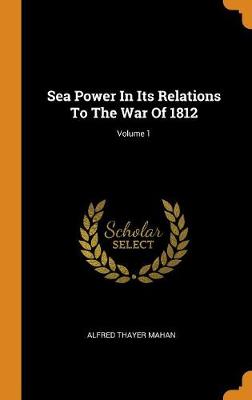In 1811, a portion of the Creek Indians who inhabited a vast area across the American Southeast interpreted a tremor as an omen that they had to return to their traditional way of life. What was an internal Indian dispute soon became engulfed in the War of 1812. At immediate stake was whether the Creeks and their British and Spanish allies or the young United States would control millions of acres of highly fertile land. The conflict's larger issue was whether the Creek, Cherokee, Choctaw, and C...
The United States Army 1812-15 (Men-at-Arms, #345)
by James L. Kochan
An exploration of the American Army between 1812 and 1814. It concentrates exclusively on the regular US Army units which formed the backbone of the forces which fought the British along the Canadian frontier and at New Orleans in the war which saw the British burn Washington and inspired Francis Scott Key to write "The Star Spangled Banner". This volume revises and replaces one half of "Men-at-arms" Volume 226, "The American War 1812-14" which detailed the British and US forces in this conflict...
Inside the US Navy of 1812-1815 (Johns Hopkins Books on the War of 1812)
by William S. Dudley
When the War of 1812 broke out, the newly formed and cash-strapped United States faced Great Britain, the world's foremost sea power, with a navy that had largely fallen into disrepair and neglect. In this riveting book, William S. Dudley presents the most complete history of the inner workings of the US Navy Department during the conflict, which lasted until 1815. What did it take, he asks, for the US Navy to build, fit-out, man, provision, and send fighting ships to sea for extended periods of...
War of 1812 in the Commonwealth of Virginia, First Addendum
by Soc War of 1812 Commonwealth of Va
American Prisoners of War Held At Portsmouth, Stapleton, Gibraltar and Malta during the War of 1812
by Eric Eugene Johnson
During the War of 1812, most clashes on the high seas involved privately owned merchant ships, not official naval vessels. Licensed by their home governments and considered key weapons of maritime warfare, these ships were authorized to attack and seize enemy traders. Once the prizes were legally condemned by a prize court, the privateers could sell off ships and cargo and pocket the proceeds. Because only a handful of ship-to-ship engagements occurred between the Royal Navy and the United State...
Sir Charles Oman's History of the Peninsular War Volume I
by Sir Charles Oman
To America's leaders in 1812, an invasion of Canada seemed to be "a mere matter of marching," as Thomas Jefferson confidently predicted. How could a nation of 8 million fail to subdue a struggling colony of 300,000? Yet, when the campaign of 1812 ended, the only Americans left on Canadian soil were prisoners of war. Three American armies had been forced to surrender, and the British were in control of all of Michigan Territory and much of Indiana and Ohio. In this remarkable account of the war'...
Alfred Thayer Mahan (1840-1914) was an American naval officer, considered one of the most important naval strategists of the nineteenth century. In 1885 he was appointed Lecturer in Naval History and Tactics at the US Naval War College, and served as President of the institution between 1886 and 1889. His series of books examining the role of sea power in history influenced the rapid growth of international navies in the period before World War I. This two-volume study of the Anglo-American war...
Maryland Casualties in the War of 1812
by Jr Christos Christou and Jr Henry C Peden
1001 Battles That Changed the Course of History traces the history of warmongering, from the small-scale battles of the ancient world to the devastation of modern conflicts. It provides a comprehensive record of the armed combats that have shaped the political and cultural landscape of the world and is fully illustrated with images ranging from ancient triumphal stone carvings through to the very latest war photography. This is much more than a straightforward military history title; it reveals...
The Arab-Israeli conflict is fraught with political complexity. It entails long-standing, entrenched views on the part of all the participants, direct and indirect, and is heavily charged with emotion. It is a subject of great political and military actuality. The Middle East is fast becoming a testing ground for modern weapons systems and for modern, conventional war doctrines, a recent example being the Yom Kippur War.Most publications - articles, papers, books - on the war were produced while...
The Creek War, 1813-1814 (U.S. Army Campaigns of the War of 1812)
by Richard D. Blackmon
The War of 1812 was one of a cluster of events that left unsettled what is often referred to as the Revolutionary settlement. At once postcolonial and neoimperial, the America of 1812 was still in need of definition. As the imminence of war intensified the political, economic, and social tensions endemic to the new nation, Americans of all kinds fought for country on the battleground of culture. The War of 1812 increased interest in the American democratic project and elicited calls for national...
Alfred Thayer Mahan (1840-1914) was an American naval officer, considered one of the most important naval strategists of the nineteenth century. In 1885 he was appointed Lecturer in Naval History and Tactics at the US Naval War College, and served as President of the institution between 1886 and 1889. His series of books examining the role of sea power in history influenced the rapid growth of international navies in the period before World War I. This two-volume study of the Anglo-American war...
